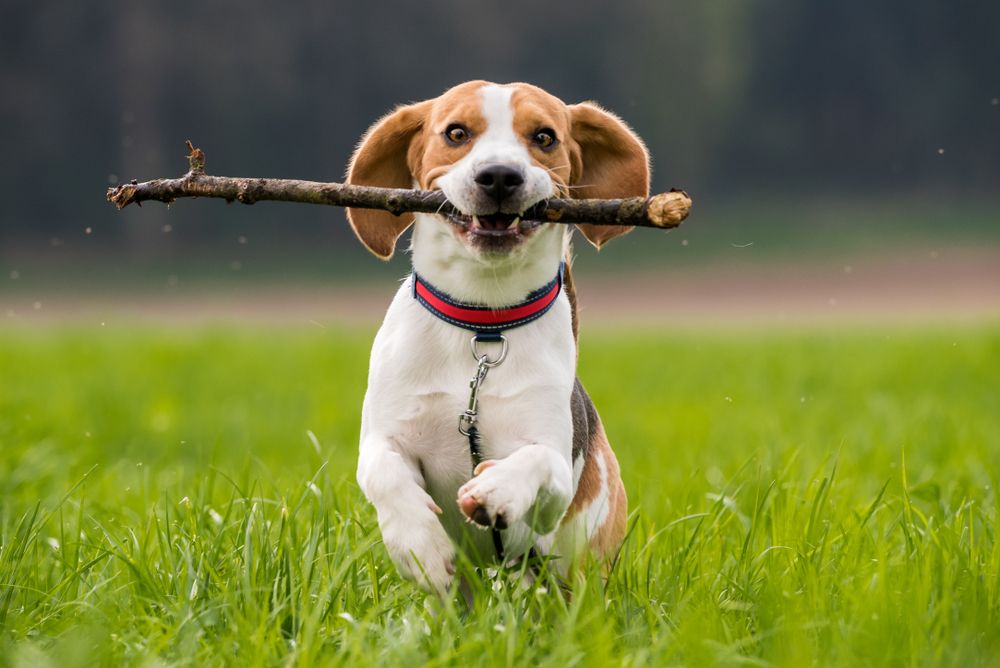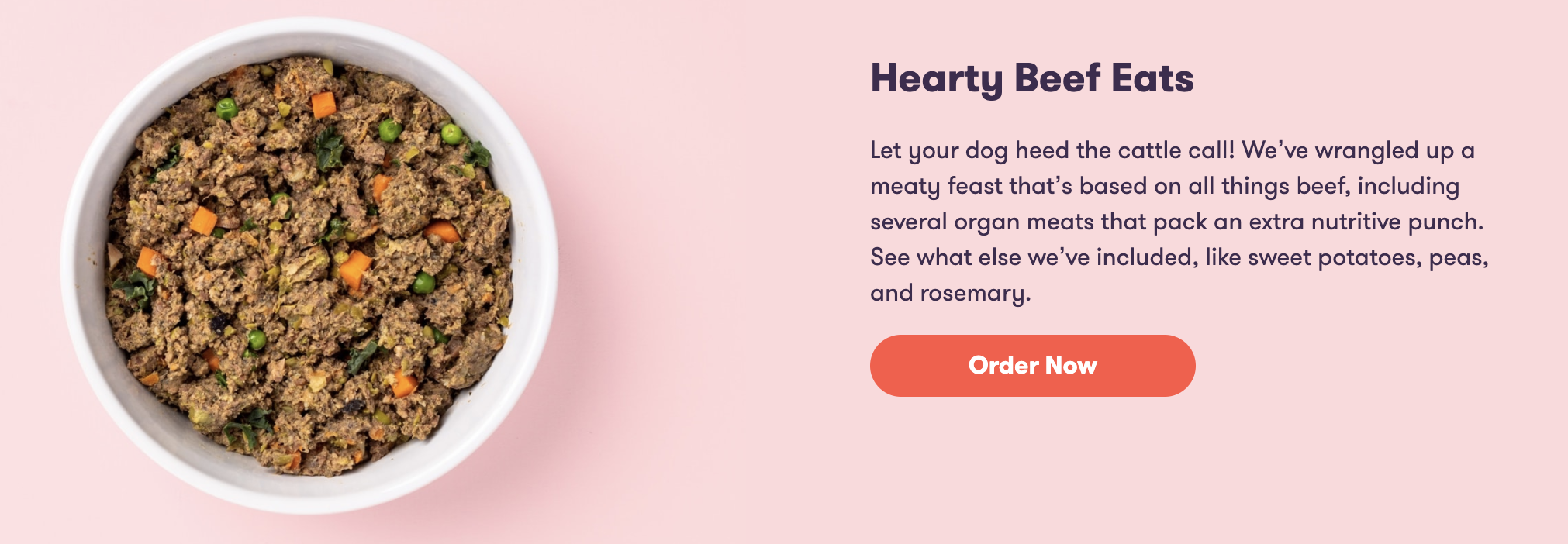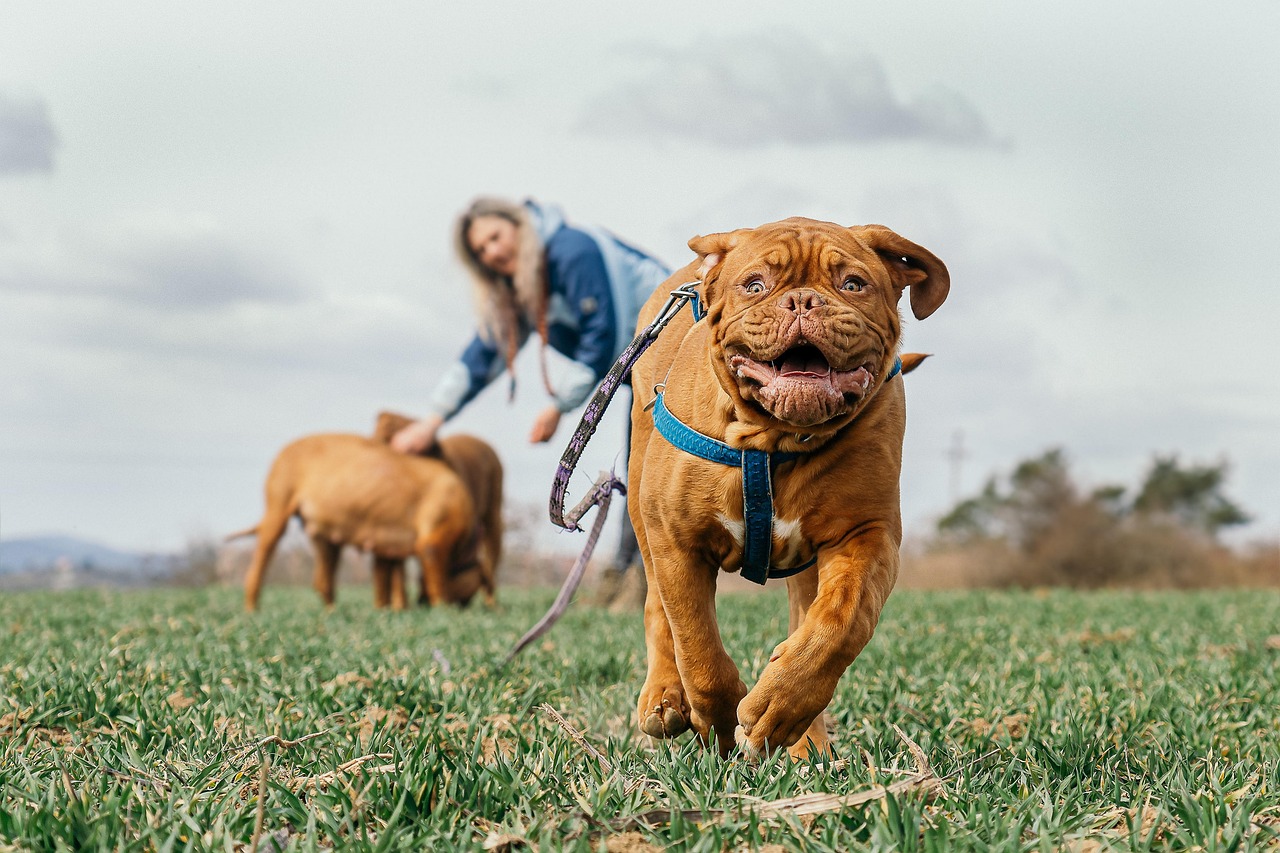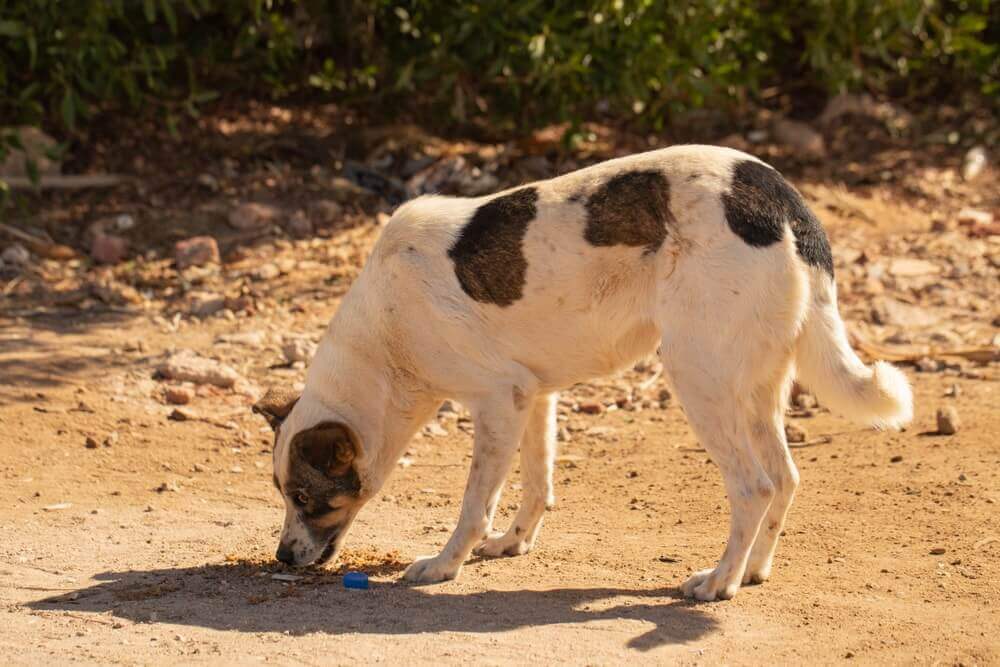Hey Ollie blog readers! We’re offering you an exclusive 60% OFF your starter box! Try now!
Fetch is probably one of the most well-known games you can play with your dog. While it’s not the only way to have some fun together, you might be wondering how on earth does a dog learn how to fetch? You might assume some dogs do it because of instinct, like retrievers. It’s pretty much in their name that they should be you know, retrieving things!
Fetch is a command almost every dog is able to learn. You can teach your dog to fetch anything from a tennis ball or rope toy to even the newspaper or a cold beverage for you. This can turn fetch from a fun game into a really cool party trick you and your dog can show off together. Whether it’s just their toys in the yard or a show-stopping fetch me a drink at a party. You can use fetch as a great way to bond with your pup!
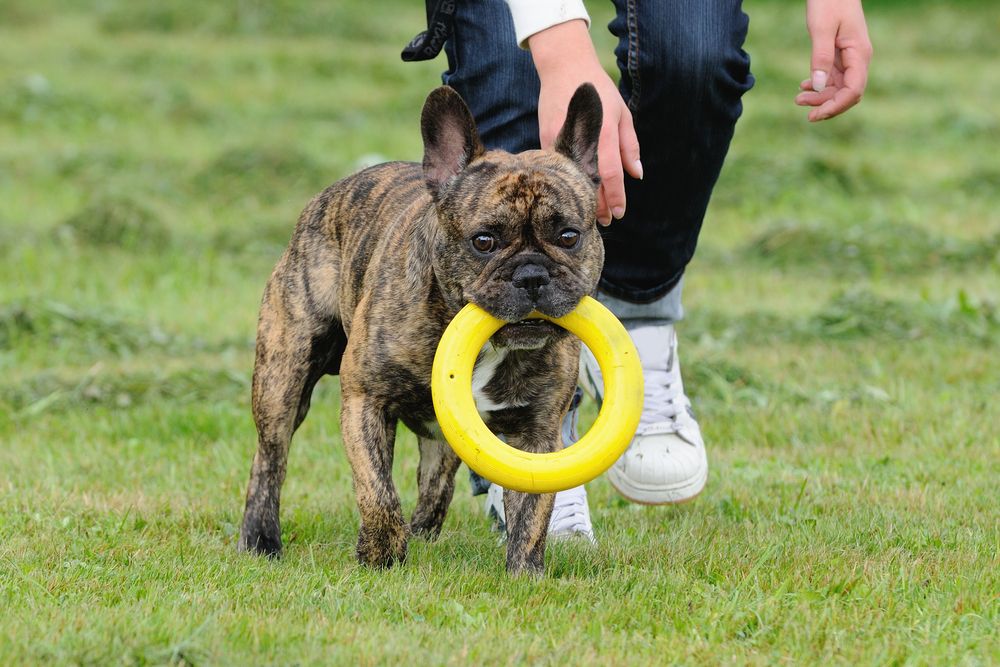
Six steps to teach a dog to fetch
- Start with an eager pup, the object you want your dog to fetch for you and some tasty treats
- Place the object on the ground to start and reward your dog for interacting with it
- Once your dog is consistently interacting with the object, hold it up and move it around
- Place the object a few feet away from you and see if your dog will pick it up and then bring it back to you
- Start to increase the distance
- You’re playing fetch!
When training any new skill you want your dog to be eager and ready to work. Keep training sessions short at first, even when the skill is fun. Even older dogs have a limited attention span so start with a 5-10 minute session depending on how long your dog is able to focus. You also want your pup to be hungry enough to want the treats you have. Your pup shouldn’t be starving but training right after a big meal is not the ideal time. This is especially true if your training session is highly active. A full belly and too much running around can cause bloat, especially in breeds that are prone to it.
You want your dog to connect with the object in any way. They may paw it, sniff it or put their mouth on it. Mark and reward every interaction. A marker can be a word, or a click if you clicker train that lets your dog know that what they did was right. It’s hard to give a treat at the precise right moment so the marker lets your dog know the reward is on the way. This will allow your dog to understand the importance of this object.
This might get your dog even more excited about the object, which is a good thing. Eventually, you’ll want to have your dog take the object in their mouth. Mark and reward this behavior. Your dog will have to take the object out of their mouth to enjoy the tasty treat.
Once you’ve got your dog putting the object in their mouth reliably, you can move the object a few feet away and see if they’ll bring it to you for another treat. It might take a few tries for them to figure this out. You should not even be saying the word fetch yet. Once your dog figures this out and brings you the toy a few times, that is when you add the word fetch.
In step 4, the object was maybe only 1-2 feet away from you, but once your dog is consistently handing you that object you can increase your distance. Start with 3-4 feet and then gradually increase. See how far you can throw the object and have your pup bring it back. If you need a little help in this department, try a Chuckit!.
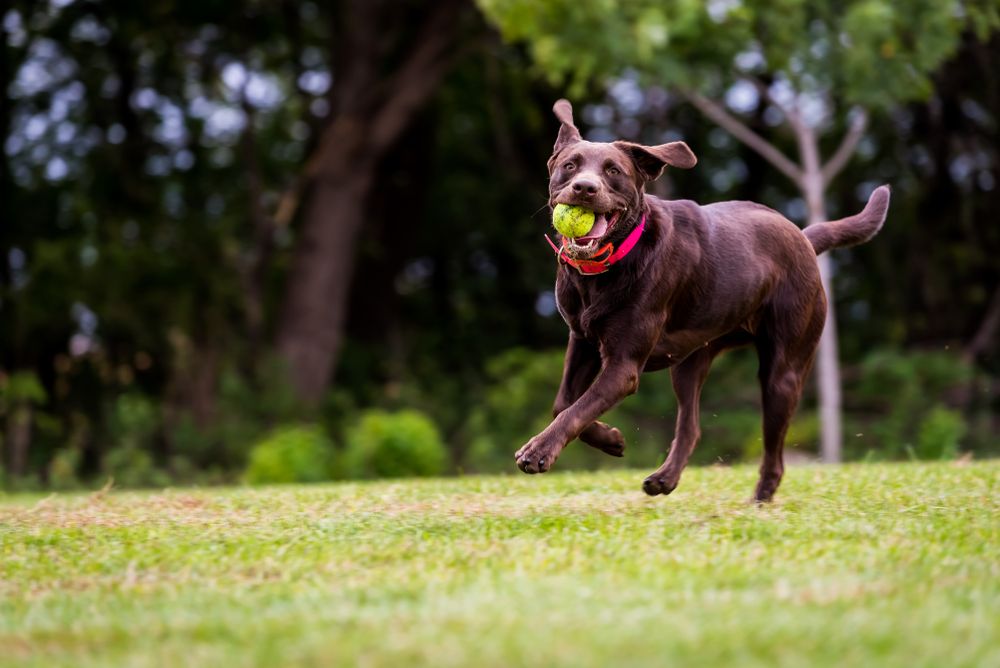
Now that you’ve got fetch down with this object, you might have to start over with each new object. This is because dogs don’t generalize well. As you practice you can keep increasing distance and difficulty. You can try different household objects as long as your pup can safely carry them without getting hurt or damaging their teeth!
What can you do if your dog has no interest in playing fetch with you
The most important thing is to figure out why your dog doesn’t want to fetch. If it is because your dog doesn’t like to carry things in their mouth you want to rule out any underlying pain. Some dogs don’t like things in their mouth because it hurts their teeth. If this is true for your dog, a dental exam at the vet might be in order. If they’re older and getting winded after just one or two fetches, that’s okay too you can just limit fetch or have them work on another trick that feels more fun and takes less energy.
If your dog is losing interest in learning to fetch because they don’t understand it, try breaking the steps down even more or consulting a trainer.
Some dogs just aren’t interested in fetching at all. They might prefer to run, chase or even just sleep!
If your pup really hates to fetch for whatever reason there are plenty of other ways to have fun and tricks to learn. You and your pup can play hide and seek, run around together, go for a hike or even build up some new skills. If your pup doesn’t want to fetch because they’re not overly athletic consider something more low key like scent work or even training to become a therapy dog team!
The Ollie blog is devoted to helping pet parents lead healthier lives with their pups. If you want to learn more about our fresh, human-grade food, check out MyOllie.com.
Tagged As:

The nutrition your dog needs,
the food they want.

Enjoying our articles? Subscribe our Newsletters and get new articles directly to your inbox
You might also like
23 September 2025
6 MINS READ
Back to School: Training Your Dog at Any Age
As we hit back-to-school season rolls around, it’s not just kids who benefit from sharpening their skills and learning something new—our dogs can, too! Training isn’t limited to puppies or p…
by Ollie Pets
23 September 2025
7 MINS READ
Lace Up and Leash Up: A Beginner’s Guide to Running with Your Dog
Running is one of the simplest ways to stay active, and it’s even better with a canine companion. Not only does running with your dog keep you both in great shape, it also strengthens your bond …
by Ollie Pets
18 September 2025
8 MINS READ
Why Do Dogs Eat Rocks? Common Reasons & How To Stop It
Why do dogs eat rocks and is it dangerous? Learn what causes this behavior, what to watch for, and how to stop your dog or puppy from eating rocks safely.
by Gabby Slome
